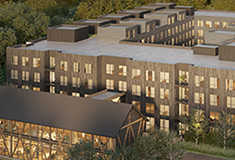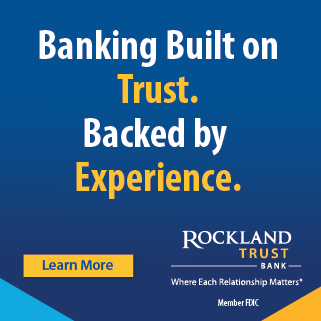Commercial real estate: Not bottomed yet - by Daniel Calano

The commercial real estate market is seriously troubled, and relief is not in view. That said, not all commercial is the same. The broad group of commercial property includes many groups from multifamily housing, to retail, to self-storage and warehousing. Not all commercial is in the same boat. The best is multi-family. The worst case is office, and even this, can be parsed to include class A new buildings, to older deteriorated ones. Also, not all metrics for commercial real estate pertain to all geographic areas. One cannot cover all the permutations in this short article, so I focus on the one that demonstrates the most potential difficulties: downtown office.
Office real estate started having problems during COVID, when workers refused to, or were not allowed to, work in confined offices, fearing contagion. With the help of new technology, they learned how to work from home. As a result, much office space, while still leased, sat empty of workers. Ironically, some reported office vacancy as moderately low, but actual occupancy showed a much worse condition.
As COVID raged, workers adapted to new skill sets, new habits, new culture. Many thought that things would return to normal once COVID was tamed. Unfortunately, work from home trumped, and workers have mostly settled on a three or four day in-office work week.
After COVID, there ensued a waterfall of unforeseen consequences. The first was greater losses of income to buildings, as tenants negotiated lower-priced leases. Those that could not, closed businesses or moved to less expensive regions in the country. In all cases, there was a loss of rental income to buildings which piled on over the next few years. Further, operating costs could not be lowered. Net profits were obviously lower. In some cases, mortgage payments could not be made.
This is the point at which people talked about a Black Swan event, that is, the unusual cascading, coalescing of negative circumstances leading to an impossible situation. With building owners making lower profits, banks began to take notice of untenable loan-to-value ratios, which caused technical defaults under most loan agreements. At the same time, the Federal Reserve was working hard to keep inflation down, by raising short-term interest rates. Short-term rates eventually impacted long-term borrowing rates, which for the most part doubled to a high of over 7%. The Black Swan was taking flight! The confluence of lower revenues to building owners, worse loan-to-value, higher cap rates implying lower value, and higher debt service eventually required equity infusion, all of which have brought the situation to a dangerous brink.
On top of all this, there has been an unrelated failure of some banks, due to bad loans that they made to companies, particularly technology and bio-tech, that were hemorrhaging cash, with little hope for profit. The word on Wall Street reached the investors whose boards demanded lower labor costs, fewer people, resulting in worker layoffs, thus requiring less space. Downsizing /rightsizing companies became standard operating procedure. Companies like Facebook not only shed thousands of workers, but also thousands of square footage. What more could go wrong? Not only were loans more expensive, but also less obtainable due to overall credit tightening, making it difficult if not impossible to borrow needed funds.
The situation really is a series of negative events that will not be solved in the near term. Some of these events are either here to stay, or slow to repair. The situation has other exogenous ramifications to other downtown commercial, like retail stores, restaurants, tourism, transportation companies, city services, and so on. There is a very broad economic ripple effect further adding to the problem.
Despite all this, things can and will change. Eventually workers will use more office space. But real estate markets are complex and influenced by all of these economic, social demographic and geographical factors. At the moment, some of the previously more popular cities like New York, San Francisco, Chicago and Boston are suffering the most. Perhaps, smaller cities or different areas will suffer less with lower expectations. But not much is yet improving.
I don’t like to be negative, and try to find the bright spots of improvement. But, we should all hope for a closer term fix, and plan for a longer troubled period of distress.
Daniel Calano, CRE, is managing partner and principal of Prospectus, LLC, Cambridge, Mass.
Preservation of Affordable Housing secures $23.5 million in financing from Rockland Trust and Citizens Bank


Examples of investors who used Kay Properties for legacy and estate planning purposes for rental property/portfolios - by Dwight Kay









